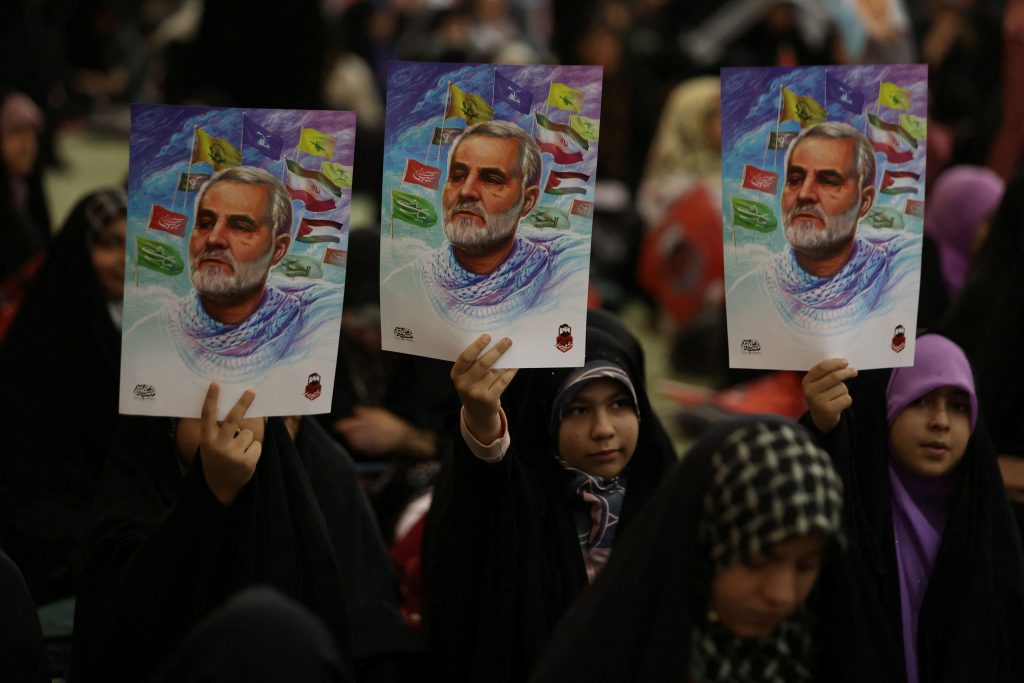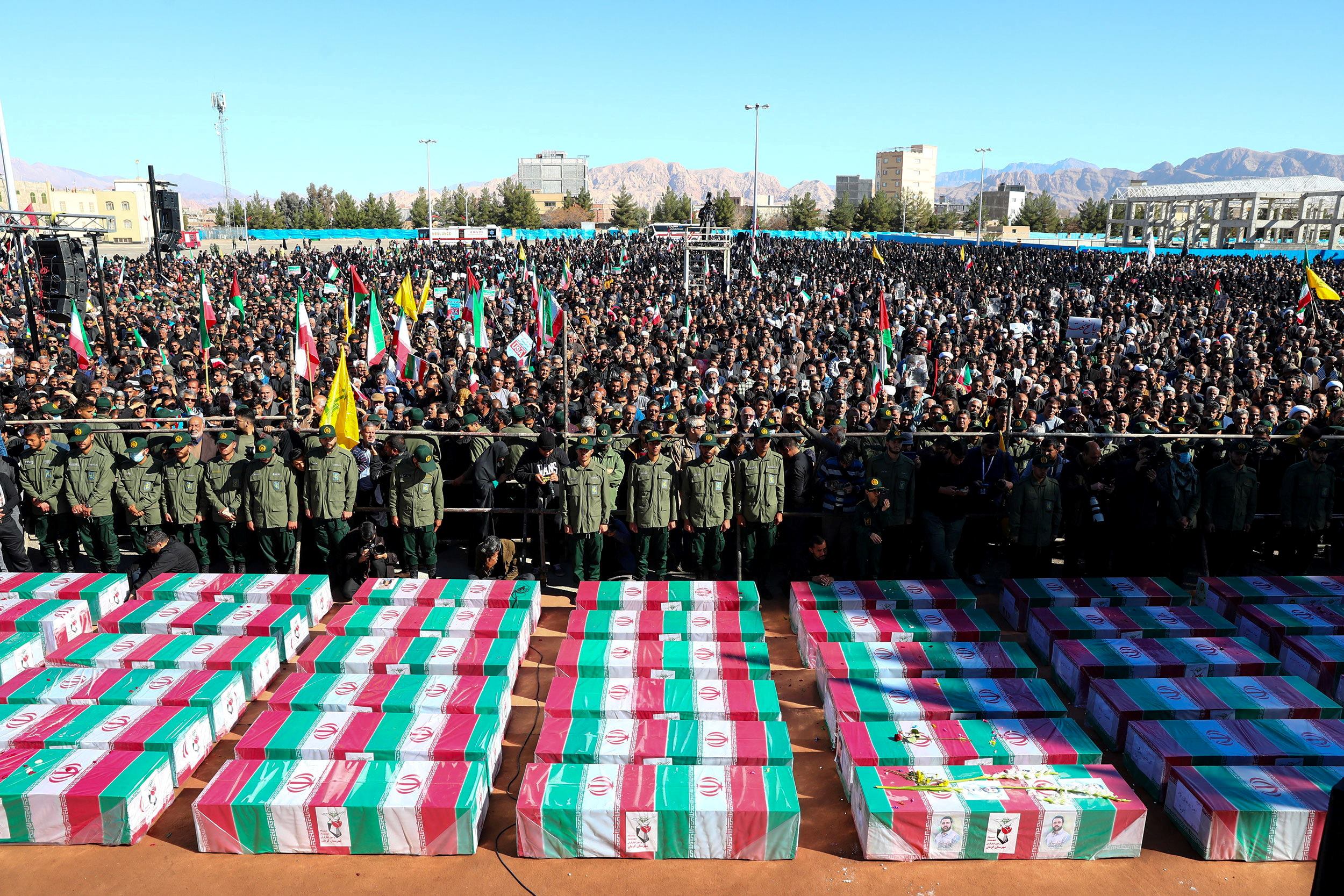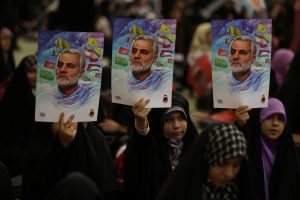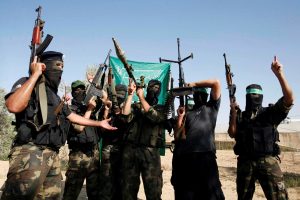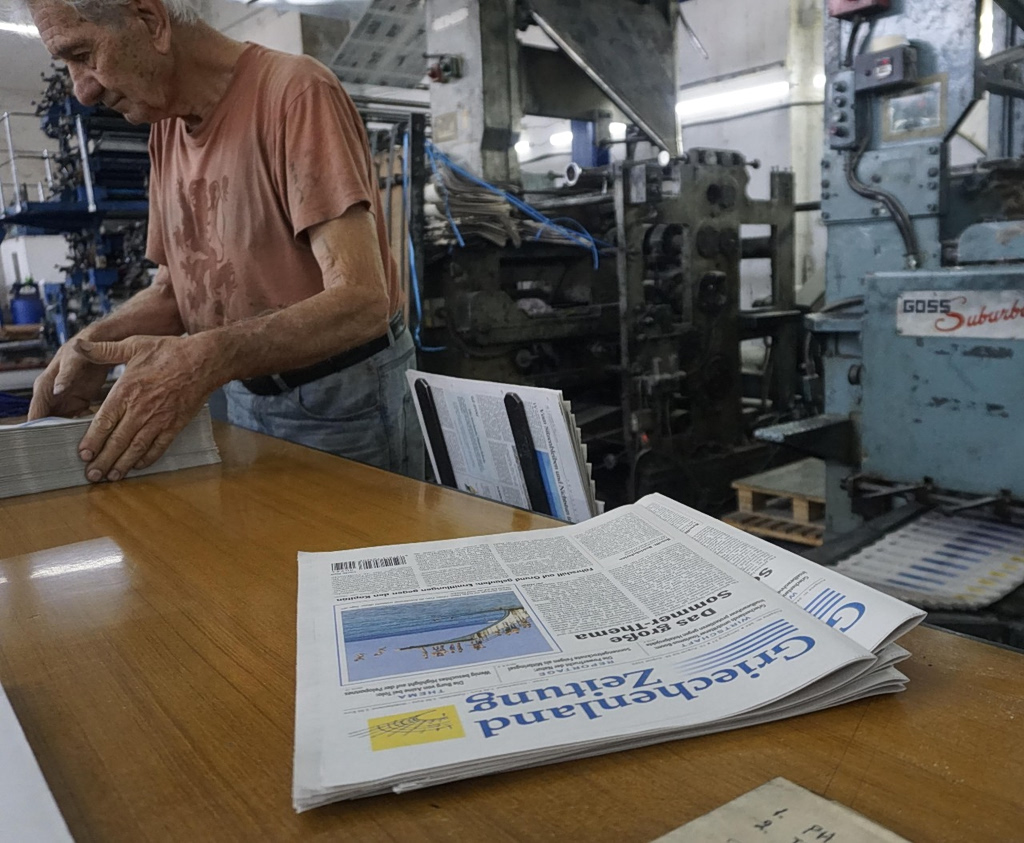ISLAMABAD, Pakistan—An attack that killed dozens of people in Iran this week showed the potency of Islamic State and its ability to inflame tensions in the Middle East and Central Asia, after years of setbacks in its former strongholds.
Islamic State, which claimed responsibility for the suicide bombings, is a shell of its former presence in its heartland of Iraq and Syria, but its central leadership and thousands of fighters continue to operate there. The group represents a growing threat in West Africa, where it has seized significant territory in recent years.
The Islamic State affiliate in Afghanistan—Islamic State Khorasan, or ISIS-K, a branch that has demonstrated ambitions to attack in Europe—most likely carried out the Iran bombings, U.S. officials and some experts said.
The U.S. identified ISIS-K as a terrorist organization in 2016, a designation Washington also applies to the original organization and to regional affiliates in Africa, the Philippines and Bangladesh.
“ISIS-K does remain a viable terrorist threat,” White House National Security Council spokesman John Kirby said Thursday. U.S. intelligence has communications intercepts strongly indicating that ISIS-K was responsible for the attack, a U.S. official said Friday. The intercepts were earlier reported by Reuters.
The bombings took place Wednesday in the city of Kerman, at a commemoration of the death of Maj. Gen. Qassem Soleimani, an Iranian commander killed by the U.S. in Iraq in 2020.
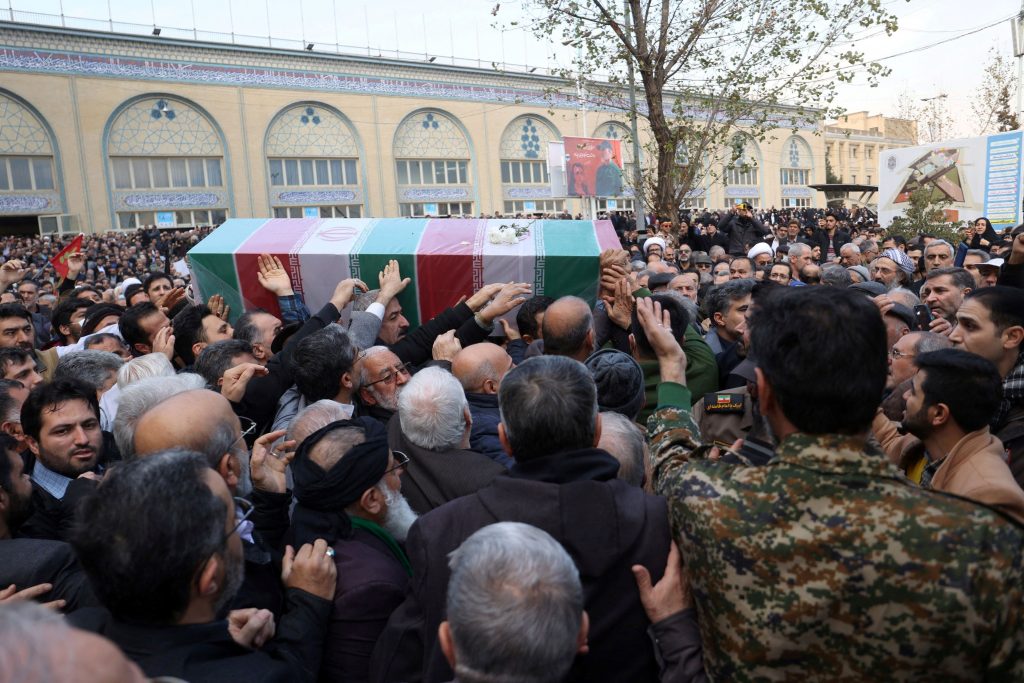
eople carry the coffin of Faezeh Rahimi, one of the casualties of the Islamic State attack in Kerman, after Friday prayers in Tehran, Iran, January 5, 2024./REUTERS
The attack in Kerman added to risks that the three-month-old war in the Gaza Strip between Israel and Hamas could quickly escalate into a broader Middle East conflict. Many analysts immediately pointed to Israel as the likely origin of the Iran attack, though Israel told allies that it wasn’t responsible, people familiar with Israeli operations said.
After Islamic State claimed responsibility, Tehran continued to blame other foes—Israel and the U.S.—for the actions of the attackers. U.S. officials have said the U.S. had no involvement in the attack and that they had no indication Israel was behind it.
Since the Hamas-led assault on Israel in October that started the war, Iran-backed militants have repeatedly attacked Israel and U.S. forces in the Middle East, and have vowed to continue their attacks until Israel ends its war in Gaza. The Iran-backed groups form what Tehran refers to as the “Axis of Resistance,” an alliance that includes Hamas.
Islamic State, which adheres to Sunni Islam, regards Iran’s Shiite regime as heretical. It has repeatedly attacked Afghanistan’s Shiite minority. Iran’s proxies also fought Islamic State in Syria and Iraq.
“Islamic State’s strategy is to try to create chaos, and to take advantage of other people fighting one another,” said Aaron Zelin, a senior fellow at the Washington Institute for Near East Policy, a think tank.
Zelin said it was likely that ISIS-K carried out the bombings. He said it would be the third attack the branch had unleashed in Iran in the past 15 months, while Tehran has thwarted many other plots.
Islamic State took control of large swaths of territory in Syria and Iraq beginning in 2014 and launched a global campaign of violent attacks on civilians. By 2019, after years of Iraqi, Syrian and U.S. military operations, the group had lost control of that domain.
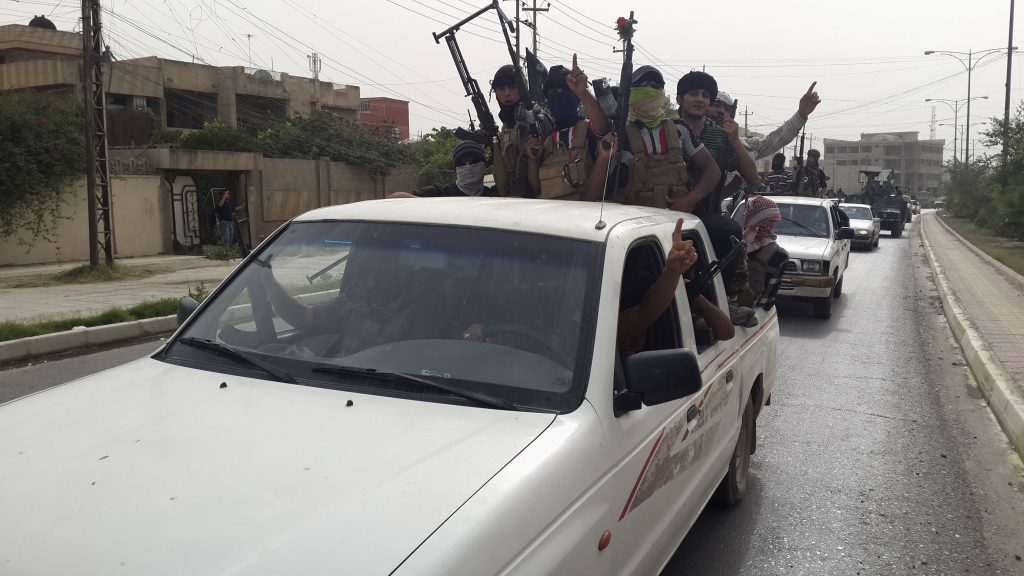
Fighters of the Islamic State of Iraq and the Levant (ISIL) celebrate on vehicles taken from Iraqi security forces, at a street in city of Mosul, June 12, 2014. REUTERS/Stringer (IRAQ – Tags: CIVIL UNREST POLITICS CONFLICT)
The Taliban regime in power in Afghanistan since 2021 sees ISIS-K as its jihadist rival and has fought and weakened it. However, the Taliban are far less interested in preventing the chapter from carrying out attacks abroad, said Zelin.
ISIS-K has regularly struck in Pakistan, including a political rally in July that killed dozens. It has also carried out missile strikes across Afghanistan’s borders into Uzbekistan and Tajikistan.
The Taliban says that it doesn’t allow Afghan soil to be used to launch attacks against other countries, and it condemned the attack in Iran.
Many Afghans, including the leader of ISIS-K, Shahab al-Muhajir, speak Persian, the language spoken in Iran, and the two countries share a border. A large number of Afghan immigrants also live in Iran, making it easier for the group to operate there, according to Abdul Sayed, an independent researcher on jihadism in the Afghanistan-Pakistan region.
ISIS-K aims to use attacks to sink ties between Tehran and Kabul, already an uneasy relationship, he said.
“It would create significant political pressure on the Taliban,” said Sayed.
Al Qaeda is also present in Afghanistan but it is fragile there, after a U.S. drone strike killed its leader, Ayman al-Zawahiri, in Kabul in 2022.
Islamic State’s central leadership sets broad goals and makes announcements but affiliates have autonomy in acting on that agenda, experts said. In Syria and Iraq, the group operates in small cells, which face attack from government forces and the U.S. military. The United Nations estimated in mid-2023 that the group had between 5,000 and 7,000 fighters left in Iraq and Syria.
ISIS-K militants have been captured in a series of arrests in Germany, the Netherlands and elsewhere in Europe over the past three years, according to Hans-Jakob Schindler, senior director at the Counter Extremism Project, a trans-Atlantic think tank.
Other Islamic State affiliates could also develop plans to attack in the West, he said. Islamic State now controls roughly as much territory in West Africa as it had at its peak in Syria and Iraq nearly a decade ago, he said.
“The center of gravity now is Africa,” said Schindler. “Sooner or later, there is going to be some really horrible spillover.”
—Warren Strobel contributed to this article.
Write to Saeed Shah at saeed.shah@wsj.com
